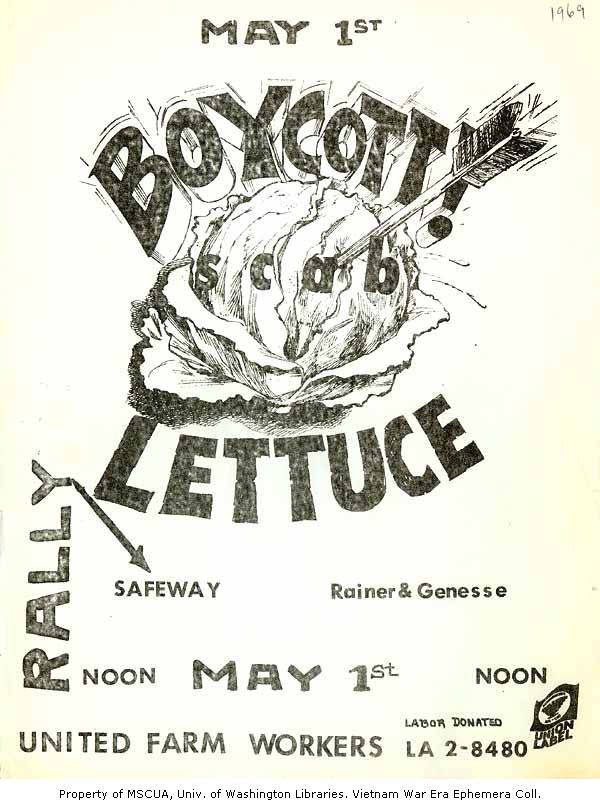

.jpg)
She talks about its origins below.)ĭolores, a new documentary from director Peter Bratt, aims to finally set the record straight.

(Obama acknowledged Huerta as the source of that phrase when he awarded her the Presidential Medal of Freedom in 2012. That's true even when it comes to credit for coining the movement's famous slogan, Sí se puede - Spanish for "Yes, we can" - which inspired President Obama's own campaign battle cry and has often wrongly been attributed to Chavez. She has spent most of her life as a political activist, fighting for better working conditions for farmworkers and the rights of the downtrodden, a firm believer in the power of political organizing to effect change.Īnd yet, her role in the farmworkers movement has long been overshadowed by that of Cesar Chavez, her longtime collaborator and co-founder of what became the United Farm Workers of America union. The strike set in motion the modern farmworkers movement.Īt 87, Dolores Huerta is a living civil rights icon. United Farm Workers leader Dolores Huerta at the Delano grape workers strike in Delano, Calif., 1966.


 0 kommentar(er)
0 kommentar(er)
